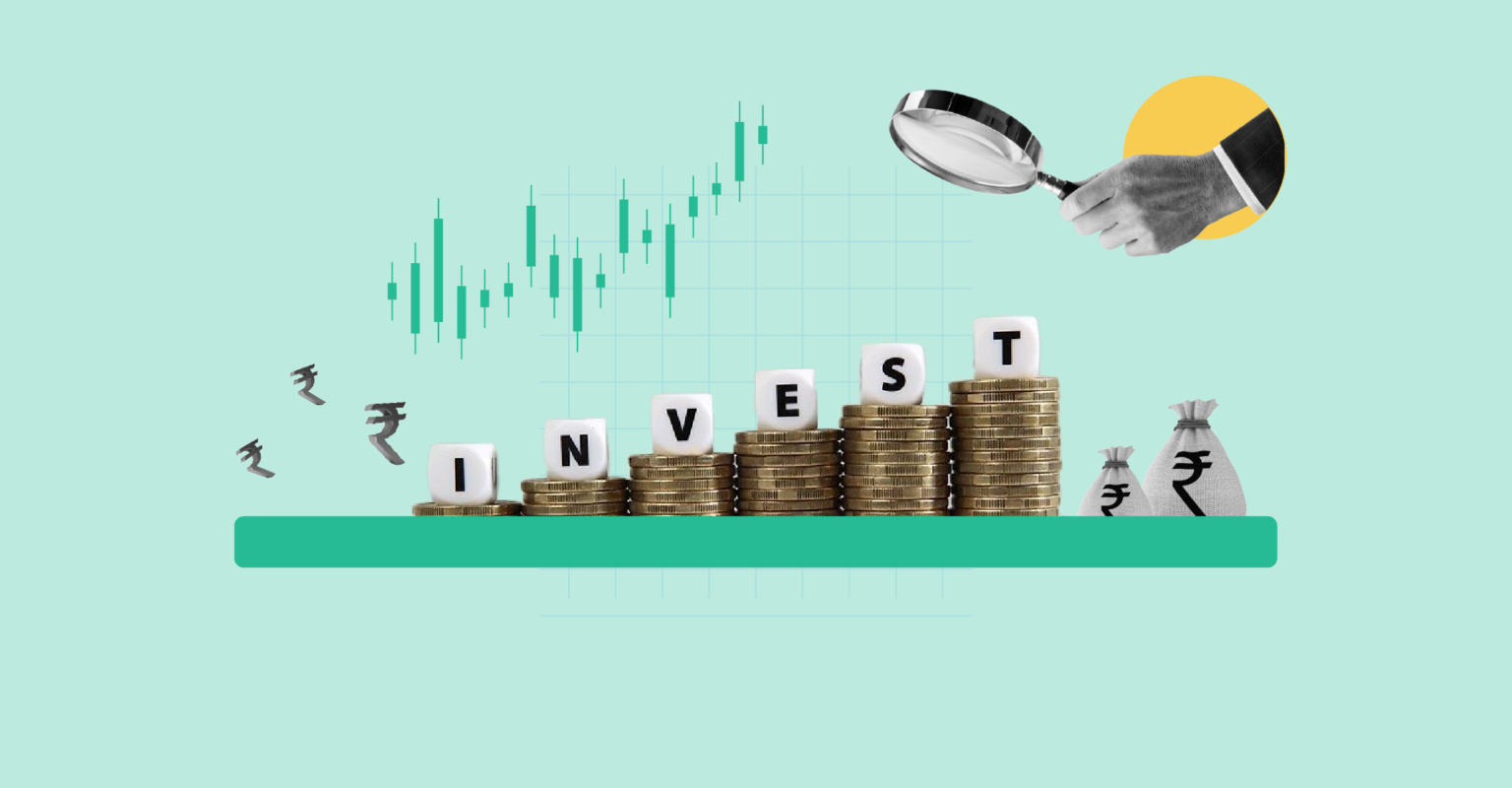Importance of Capex in determination of long term prospects of a company
Capital expenditure can be an important variable in deciding the attractiveness of a company for long term investments.
Capital expenditure is basically the expenditure that a company does to build further capacity / maintain current capacity. It can include anything from acquiring more land, building more factories, R&D to any other form to drive business growth.
If the capital expenditure increases suddenly, it can be used as a determinant that the management of the company believes that there is further opportunity to grow the business. Hence they are building further capacity to drive it.
An increase in capital expenditure should generally be considered as a positive sign for multiple reasons – confidence from the management on the business opportunity, possibility of future growth in business.
This would imply that the sales may increase rapidly once the capex is complete and that excess capacity is online.
However, one must try and differentiate if the capital expenditure is growth capex or is it just maintenance capex. If it is maintenance capex, it implies that the current capacity is inefficient and hence it is a bad signal. Also, one must link this with increase in sales in the previous few years. That indicates that the current capacity is almost completely utilized and there is a strong demand increase for the company’s products and services.
Also, one important thing to note is that the ROCE and ROE of the company may decrease during the capex period as the additional capex may take some time to come online. So, filters which look for increasing ROCE and ROE may not work well in such cases.
Below is one of the examples on Deepak Nitrite from such a perspective:
2018: Capex as percentage of PAT:2%
2019: Capex as percentage of PAT: 47%
2020: Capex as percentage of PAT: 49%
2021: Capex as percentage of PAT: 28%
All of these had gone in capital work in progress which indicated that it was capex being done for growth. Also, the sales growth in those years were as follows:
2018: Sales growth:20%
2019: Sales growth: 63%
2020: Sales growth: 57%
2021: Sales growth: 3%
So, this aligns with our thesis of a company growing in sales expending money to build further capacity. In 2022, the sales growth for Deepak Nitrite was 56%.
To conclude, I would say that one should try and look for companies which are spending on growth capex (though it may mean temporarily lower ROCE) and seeing sales growth in the preceding years. These companies could become really great investments. One must also do a deeper analysis on the management vision, reason for capex and product demand for the company.
Investors tend to overlook this. They tend to assume that declining ROCE (which generally is the case during a capex cycle) implies poorer performance of the company.
Also check my article on importance of book value in investing.



Good day! I just want to offer you a big thumbs up for your excellent information you have got here on this post. Ill be coming back to your blog for more soon.